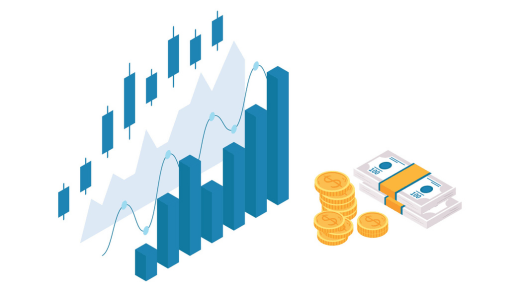
Women and Finance: Closing the Gender Wealth Gap is a topic that addresses the financial disparities and challenges women often face. Here are 30 points outlining the pros and cons of efforts to close the gender wealth gap:
Pros:
- Gender Equality: Closing the gender wealth gap promotes gender equality in financial matters.
- Economic Growth: Empowering women financially can contribute to overall economic growth.
- Financial Security: Reducing the wealth gap enhances women’s financial security and independence.
- Poverty Reduction: Closing the gap can help lift women out of poverty.
- Retirement Security: Improved financial well-being leads to more secure retirements for women.
- Investment in Education: Financially empowered women are more likely to invest in education and skill development.
- Entrepreneurship: Women with financial resources can pursue entrepreneurship and job creation.
- Access to Credit: Closing the gap can improve women’s access to credit and capital.
- Lower Wealth Disparities: Efforts to reduce the gender wealth gap can contribute to lower overall wealth disparities.
- Asset Ownership: More women can own assets, including homes and investments.
- Reduced Gender-Based Violence: Economic empowerment can reduce vulnerability to gender-based violence.
- Healthcare Access: Financially secure women can better access healthcare services.
- Improved Financial Literacy: Efforts to close the gap often include financial education programs.
- Political Participation: Financially empowered women are more likely to engage in politics.
- Role Modeling: Successful women can serve as role models for future generations.
- Innovation: Diversity in financial decision-making can lead to innovation.
- Workplace Equality: Reducing the wealth gap can promote workplace equality.
- Strengthened Families: Financially secure women can provide better support to their families.
- Access to Housing: Closing the gap can improve access to affordable housing.
- Access to Technology: Financially empowered women can access technology and digital resources.
Cons:
- Institutional Barriers: Women may face institutional barriers in finance and investing.
- Income Disparities: Income disparities can make wealth accumulation challenging for women.
- Unpaid Care Work: Women often perform unpaid care work, limiting their income-earning potential.
- Educational Disparities: Gender disparities in education can affect career opportunities.
- Cultural Norms: Cultural norms may discourage women from pursuing financial independence.
- Gender Bias: Gender bias can impact women’s access to credit and opportunities.
- Lack of Financial Inclusion: Women may have limited access to financial services in some regions.
- Legal Restrictions: Legal restrictions can hinder women’s property and asset ownership.
- Limited Retirement Savings: Women may have lower retirement savings due to career interruptions.
- Risk Aversion: Women’s risk-averse behavior can impact investment decisions.
- Pay Gap: The gender pay gap contributes to wealth disparities.
- Investment Knowledge Gap: Women may have less investment knowledge.
- Access to Networking: Limited access to financial networks can hinder wealth accumulation.
- Lack of Representation: Women may be underrepresented in financial leadership roles.
- Healthcare Costs: Women often face higher healthcare costs over their lifetimes.
- Family Obligations: Balancing family obligations can impact career advancement.
- Longevity: Women’s longer life expectancy can increase retirement savings needs.
- Divorce and Widowhood: Divorce or widowhood can lead to financial setbacks.
- Elderly Poverty: Older women are at higher risk of poverty due to limited retirement savings.
- Income Volatility: Irregular income can hinder long-term wealth accumulation.
In conclusion, closing the gender wealth gap is essential for achieving gender equality and promoting financial well-being for women. While there are challenges to overcome, efforts to address these issues can lead to a more equitable and prosperous future for all.





